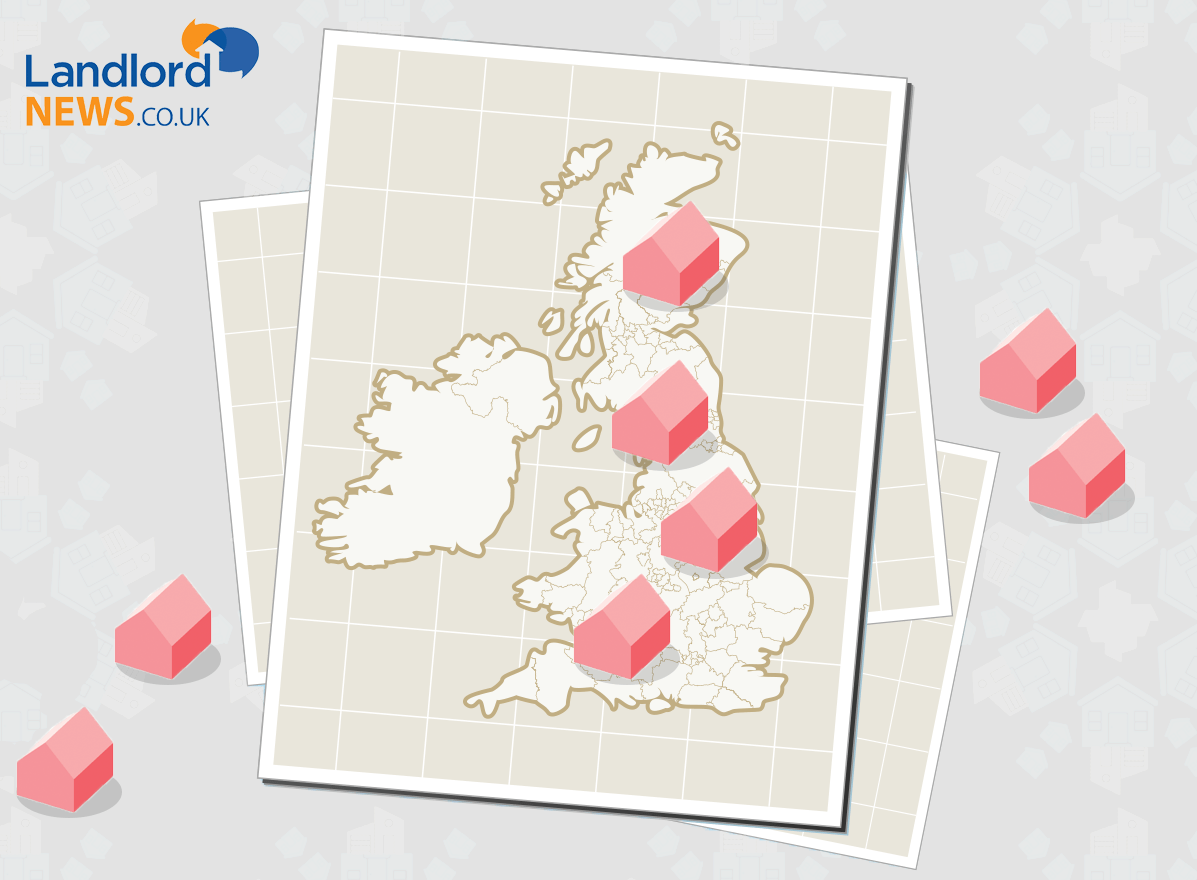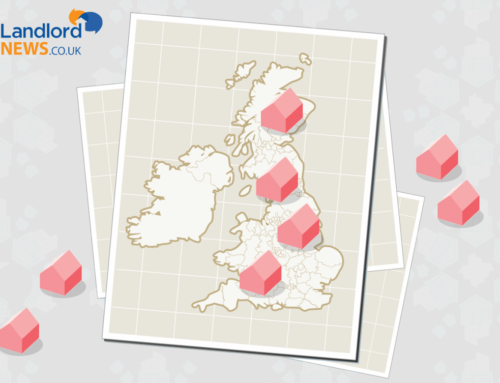Home » Uncategorised »
Surge in Universal Credit claimants highlights necessity for landlords to understand the system
This article is an external press release originally published on the Landlord News website, which has now been migrated to the Just Landlords blog.

The Department for Work and Pensions (DWP) has reported almost one million new claimants applying for Universal Credit in the last two weeks, following the outbreak of COVID-19.
Caridon Landlord Solutions, part of Caridon Group, says landlords should educate themselves on the Universal Credit system now so that they can support their tenants and both mitigate the risk of rental arrears.
Sherrelle Collman, Managing Director of Caridon Landlord Solutions, which specialises in providing advice to private landlords, letting agencies and housing associations on Universal Credit and Housing Benefit, says: “As the true impact of Coronavirus takes hold, many people who have never previously needed to rely on the welfare system are having to apply for Universal Credit.
“Many will be anxious not only due to the current situation but because of the criticism Universal Credit has received since its introduction. The good news is that more resources have been deployed to local authorities to help claimants, and measures such as immediate access to Advance Payments, increases to Universal Credit and raising the Local Housing Allowance rate to the 30th percentile of market rents from April, are being put in place.
“We have had a surge of calls from landlords and letting agents asking advice about how the process works and if they should apply for an Alternative Payment Arrangement for their tenant, which is where the housing element of UC goes straight to the landlord to cover the cost of rent.”
According to Caridon Landlord Solutions, there are four key steps landlords can take to help support their tenants who may now be applying for Universal Credit.
Step 1: Communicate with your tenant and support them as much as you possibly can. If they are having to apply for Universal Credit, it is most likely because they have lost their job or had a significant drop in income. They will be concerned they could also lose their home. Where possible, consider a rent reduction to meet the housing element of Universal Credit, some rent to help cover a mortgage is better than nothing, or if at all possible, offer a rent holiday.
Step 2: If your tenant has had to apply for Universal Credit because of COVID-19, they will require a letter from you verifying the rental amount, the address of the property they reside, and when the tenancy commenced. This will help them to qualify for the housing element of Universal Credit which will go towards covering their rent.
Step 3: Work with your tenant to establish key dates, such as the tenant’s Benefit Assessment Period (the date their entitlement begins) so that you can see how it falls in line with the Tenancy Agreement.
Step 4: Many tenants prefer to have the housing element of Universal Credit paid directly to the landlord so they can manage the rest of their finances themselves. This is called an Alternative Payment Arrangement. Landlords should discuss this with their tenants and if in agreement, fill out a UC-47 form to apply for this. If the tenant is already in arrears, the landlord can also apply for Third-Party Deductions to reduce this, where an additional amount is taken monthly from the claimant’s personal allowance. Details can be found here .




